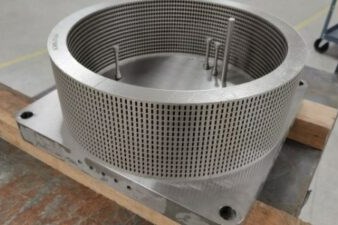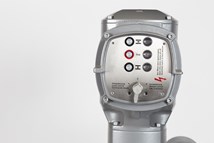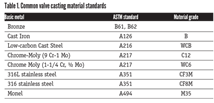Retrofit3D is now Available for Valve Components up to 20″
3D printing enables new opportunities in the world of valve manufacturing.
#VMAnews

Photo Credit: IMI Critical Engineering
Retrofit3D, IMI Critical Engineering’s high-performance valve trim upgrade solution that uses additive manufacturing methods, can now print some of the largest disk stacks in the world.
These new capabilities can produce valves up to 20” for applications like bypass and large anti-surge valves. This is expected to help customers solve valve erosion problems that cause issues such as rangeability, cavitation and noise.
Additive manufacturing, also known as 3D printing, enables Retrofit3D to respond to customer problems quickly with custom-engineered solutions. The technique enables engineers to manufacture the trim with ultra-high precision, while reducing the total cost of installation dramatically.
Unlike conventional refurbishments or like-for-like legacy valve replacements, Retrofit3D is designed to improve operational performance by applying a detailed, engineered solution, while harnessing the company’s DRAG technology. Every installation is also backed by a 12/18-month guarantee (12 months after installation, 18 months after delivery).
“The expansion in capabilities is an exciting development for Retrofit3D,” says Bertrand Maillon, Retrofit3D business leader. “We can now help even more customers solve their plant reliability issues and increase efficiency for their maintenance processes.”
RELATED CONTENT
-
New Requirements for Actuator Sizing
After decades of confusion, the American Water Works Association has created new standards for actuator sizing that clear up some of the confusion and also provide guidance on where safety factors need to be applied.
-
Standards for Actuator/Gearbox Flanges
“Many variations in valve and actuator dimensions and characteristics have come into play especially now that we have worldwide vendors,” said Paul Souza, training manager at AUMA Actuators in a presentation at the Valve Manufacturers Association Virtual Valve Forum in November 2020.
-
Using Additive Manufacturing for Valve Repairs Across the Globe
Printing components on-site will allow for faster repairs and parts replacement for critical applications.







 Unloading large gate valve.jpg;maxWidth=214)


